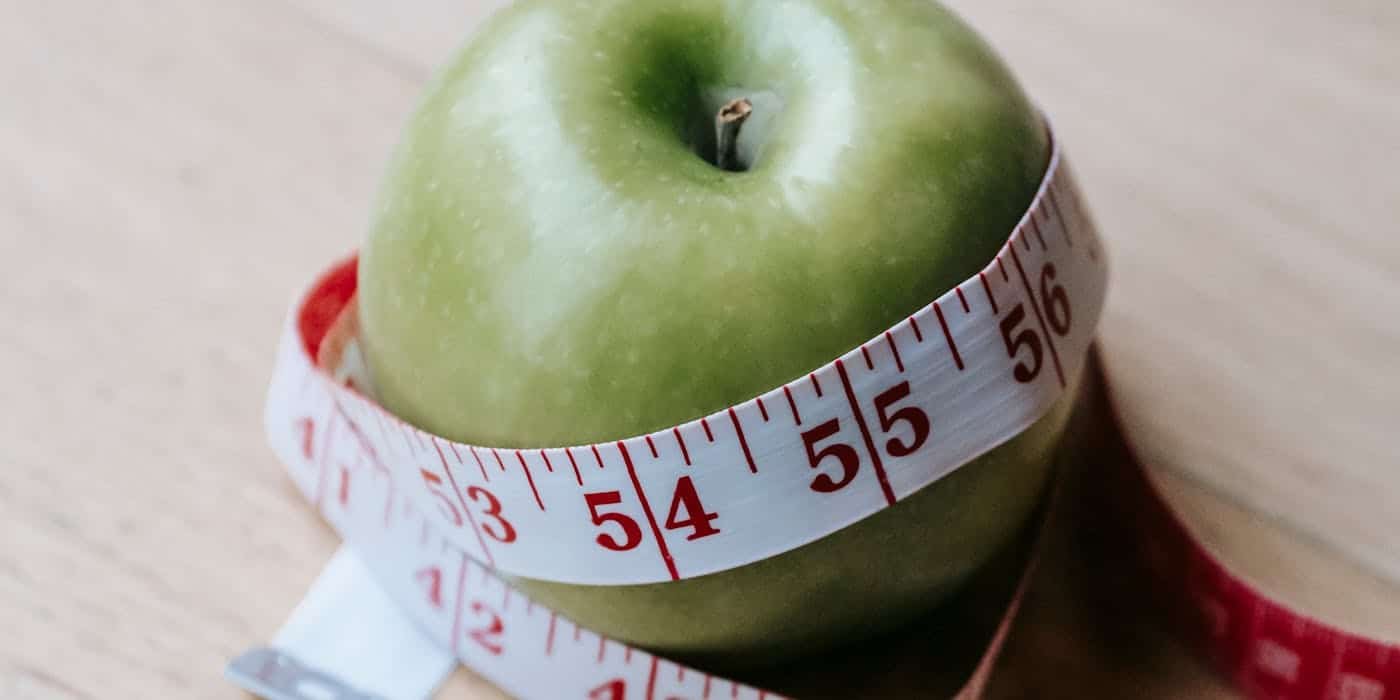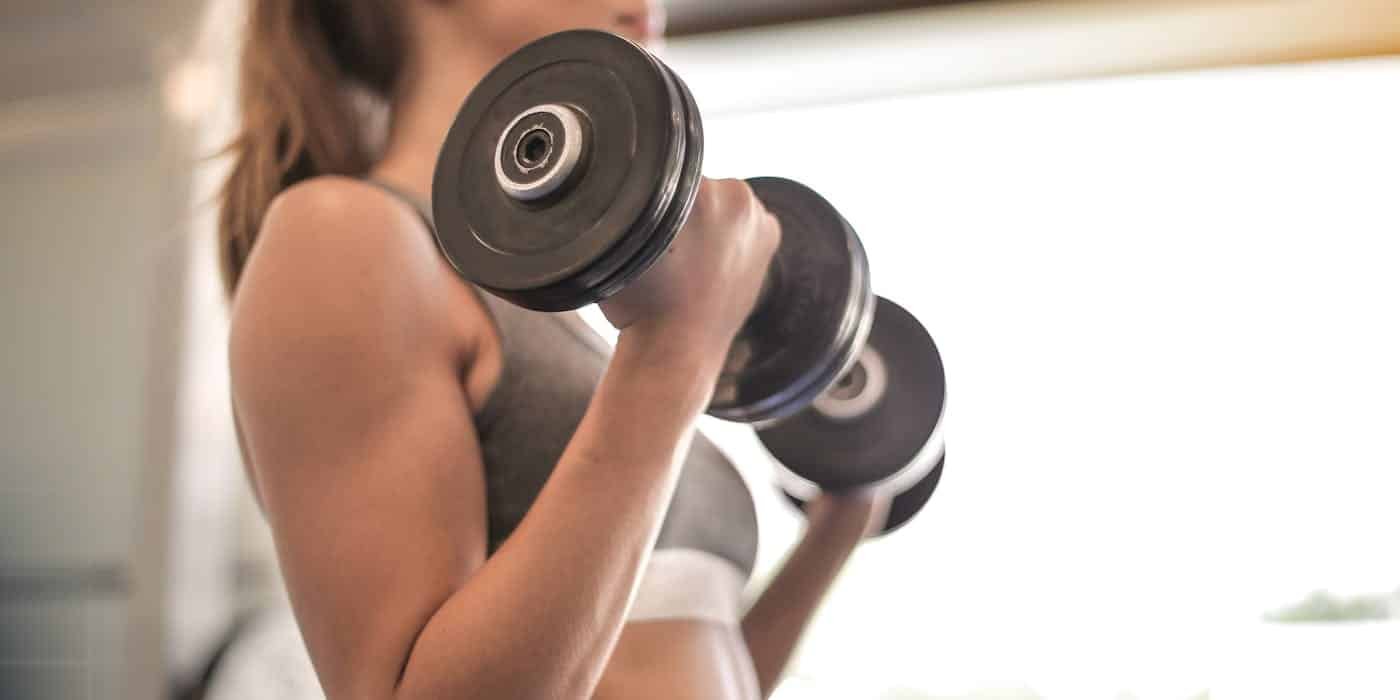[ez-toc]
Set Reasonable Weight Loss Goals
The first step when embarking on a weight loss plan is to set realistic goals. Health experts recommend aiming to lose 1-2 pounds per week for sustainable results. Attempting to lose weight too rapidly can be unhealthy and sets you up for failure in the long run.
Here are some reasonable weight loss benchmarks:
- 1-2 pounds per week
- 4-8 pounds per month
- 25-50 pounds in 6 months
Keep in mind that as you slim down, you may need to adjust your goals. Losing those initial pounds tends to be easier than when you’re closer to your target weight. Patience and commitment are key!
Calculate Your Caloric Needs
Figuring out your daily calorie needs for weight loss is important when creating your diet plan. You must burn more calories than you consume to successfully shed excess fat. Use this simple formula:
Daily Calorie Goal for Weight Loss = Basal Metabolic Rate (BMR) x Activity Factor – 500-750 Calories
Your BMR is the number of calories your body burns at rest in one day. Women generally have lower BMRs than men. Activity level also affects your caloric needs. Calculate your BMR using this BMR calculator.
Next, multiply your BMR by an activity factor:
- Sedentary: BMR x 1.2
- Light Activity: BMR x 1.375
- Moderate Activity: BMR x 1.55
- Very Active: BMR x 1.725
Finally, subtract 500-750 calories depending on your personalized daily calorie goal:
- 500 calorie/day deficit = 1 lb per week loss
- 750 calorie/day deficit = 1.5 lb per week loss
Here is an example:
BMR for 30-year-old sedentary woman:
1,500 calories
Activity Factor (sedentary) x 1.2 = 1,800 calories
Daily Calorie Goal for 1 lb/week weight loss:
1,800 – 500 = 1,300 calories/day
Choose an Effective Diet Plan
Choosing the right eating plan tailored to your lifestyle, food preferences, and weight loss goals accelerates your ability to shed pounds. Here is an overview of popular diet approaches for dropping weight quickly:
1. Low-Carb Diets
Low-carb diets like the ketogenic diet force your body to burn fat for fuel instead of carbs, promoting rapid weight loss. Studies show low-carb dieters lose double the amount of weight compared to low-fat dieters.

2. Intermittent Fasting
Intermittent fasting cycles are periods of fasting and eating in set windows. It triggers fat-burning while decreasing your overall calorie intake for the week. Benefits include weight loss, reduced inflammation, better blood sugar control, and increased longevity.
3. Plant-Based Diets
Plant-based or vegan diets centered around fruits, vegetables, whole grains, and legumes promote weight loss without calorie counting. The high fiber keeps you full while the low fat and sugar help torch body fat quickly.
4. Paleo Diet
The paleo diet emphasizes high protein, healthy fats, veggies, fruits, nuts and seeds just like our ancestors ate. By removing processed foods, refined carbs and sugar, the pounds drop off rapidly.
5. Volumetrics Diet
The Volumetrics approach focuses on eating low-calorie foods that make you feel full. You fill up on veggies, fruits, lean proteins and soups so you eat fewer daily calories without constant hunger.
Here’s a helpful comparison chart summarizing the most popular rapid weight-loss diet plans:
| Diet | What You Eat | Weight Loss Rate | Ease of Use | Health Benefits | Risk Factors |
| Low-Carb | Meat, fish, eggs, nuts, seeds oils, low carb veggies | Very fast | Moderately difficult | Improves heart health, diabetes, metabolic syndrome | May be hard to sustain long-term, “keto flu” side effects |
| Intermittent Fasting | All foods – restricted eating window | Very fast | Easy | Boosts cellular repair, metabolism, and brain function | Hunger, and fatigue during the fasting period |
| Plant-Based | Fruits, veggies, whole grains, beans/legumes | Steady | Moderately easy | Reduces disease risk, high nutrition | May lack key nutrients without planning |
| Paleo | Meat, fish, eggs, fruits, nuts, healthy fats and oils | Fast | Moderately difficult | Helps achieve peak health | Tedious meal prep, dairy restrictions |
| Volumetrics | Lean proteins, whole grains, fruits and non-starchy vegetables | Steady | Easy | Boosts nutrition, reduces disease risk | Can seem restrictive of enjoyable foods |
Exercise and Increase Physical Activity
You can accelerate weight loss through exercise and increasing movement in ways that fit your fitness level and lifestyle. Work your way up to higher intensity and frequency as you adjust to burning maximum calories.
Aerobic Exercise Recommendations for Weight Loss:
- Moderate pace for beginners: brisk walking, low-impact cardio videos, swimming
- More advanced: jogging/running 30-60 mins, cycling, advanced cardio classes
Aim for 150 minutes per week minimum to see results. Increase as able to an ideal goal of 300 minutes per week for aggressive calorie burn.
Resistance Training Recommendations:
- 2 to 3 strength sessions per week
- Use body weight, bands, weights or machines
- Compound exercises like squats, lunges, push-ups, rows
Resistance training builds metabolism boosting lean muscle so you burn more calories around the clock.
Any additional movement helps maximize fat burning:
- Take regular walking breaks
- Stand versus sitting at your desk
- Take the stairs whenever possible
- Park farther away and walk to your destination

Popular Weight Loss Exercise Programs
| Program | Description | Difficulty | Equipment Needed | Average Calorie Burn |
| Walking | Moderate-pace outdoor walking | Beginner | None | 300 cals/hour |
| Jogging | Steady running pace | Intermediate | Good running shoes | Up to 700 cals/hour |
| Swimming | Mix of strokes with medium effort | Beginner | Pool Access | 500-700 cals/hour |
| Hiking | Walking on trails with varied terrain | Beginner | Hiking shoes/boots | 300-700 cals/hour |
| HIIT Workouts | High-intensity intervals | Advanced | None or minimal | Up to 800 cals/hour |
| Cycling | Bike riding on the road or stationary bike | Intermediate | Bicycle or spin bike | 400-1000 cals/hour |
Incorporate Healthy Lifestyle Changes
Making positive changes to your overall lifestyle is crucial for long-term weight loss success. Here are some healthy habits to boost your weight loss efforts:
Stay Hydrated
Drink at least 64 ounces (8 cups) of water daily to curb hunger, prevent overeating, boost metabolism and aid digestion and fat breakdown.
Get Enough Sleep
Aim for 7-9 hours per night. Lack of sleep triggers increased hunger hormones and drives cravings for sugary, high-carb foods.
Manage Stress Levels
Chronic stress leads to elevated cortisol which causes fat storage around the stomach. Combat anxiety with meditation, yoga, deep breathing and adequate rest.
Keep a Food Journal
Writing down everything you eat and drink encourages mindfulness and accountability for making healthy choices.
Weigh Yourself Weekly
Tracking your progress on the scale helps motivate you to eat well and exercise. Experts advise weighing once a week or less to observe trends without obsession over daily fluctuations.
FAQs on Losing Weight Fast But Safely
How much weight can you healthily lose in a month?
The maximum recommended weight loss per month is about 2 pounds per week or 8 pounds per month. Losing any more than that rate can compromise muscle and is tougher to sustain long-term.
What is the fastest way to lose weight in 3 days?
You cannot lose more than a few pounds of actual body fat in just 3 days. However, cutting carbs to enter ketosis combined with exercise and sweat-inducing activity helps drop excess water weight quickly for the illusion of accelerated fat burning in the short term.
How can I speed up my metabolism to lose weight?
Engaging in strength training, eating protein with each meal, staying hydrated, getting enough sleep and managing stress all help naturally increase your resting metabolic rate for better fat-burning results.
Is walking an effective method of weight loss?
Yes, walking provides a moderate-intensity aerobic workout that burns calories efficiently, especially when increased in duration and frequency. Adding intervals of brisk walking and hill climbs can further amplify the calorie burn.
What foods should you avoid when trying to lose weight quickly?
Avoid added sugars, refined carbohydrates (white bread, rice, pasta), fried foods, caloric beverages, processed snack foods and low protein options. Focus instead on high-fiber fruits/veggies, lean proteins and whole grains for satiety.
Putting It All Together
Losing weight at a fast pace requires following an aggressive, yet realistic diet and exercise plan tailored to your body’s unique calorie and nutrient needs. While dropping excess pounds rapidly appeals to our need for instant results, the healthiest approach focuses on incremental lifestyle changes that enhance physical, mental and emotional well-being for lifelong success.

